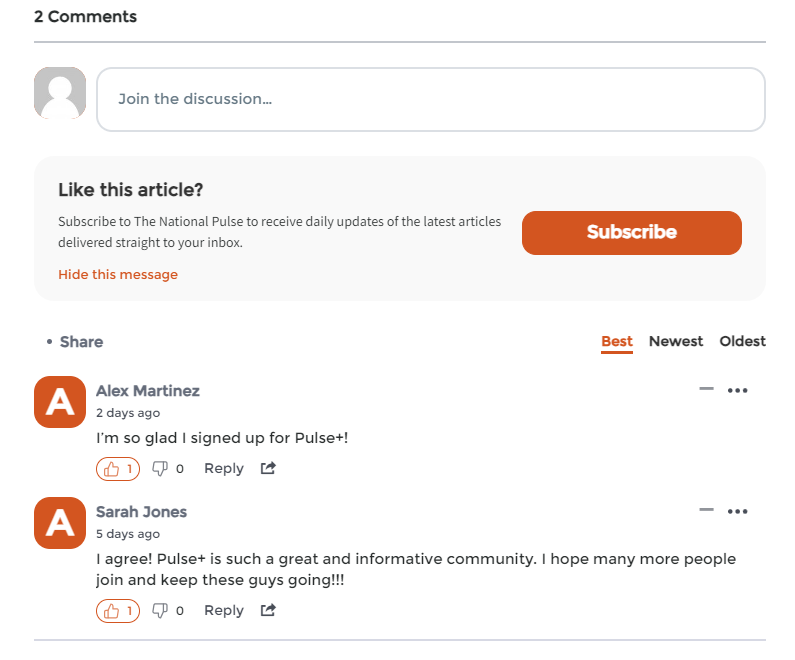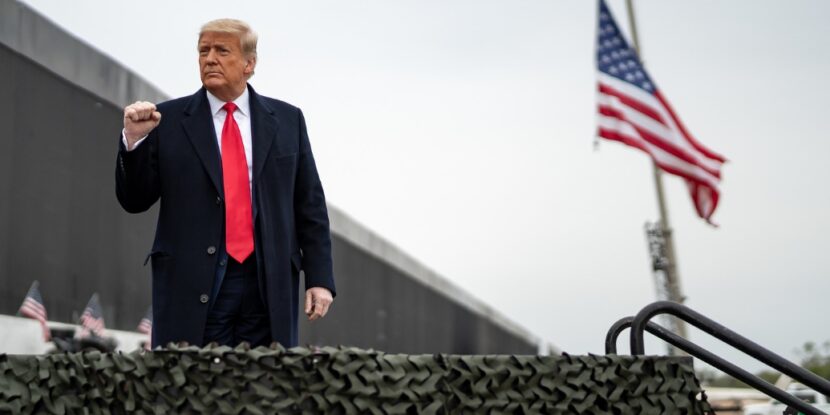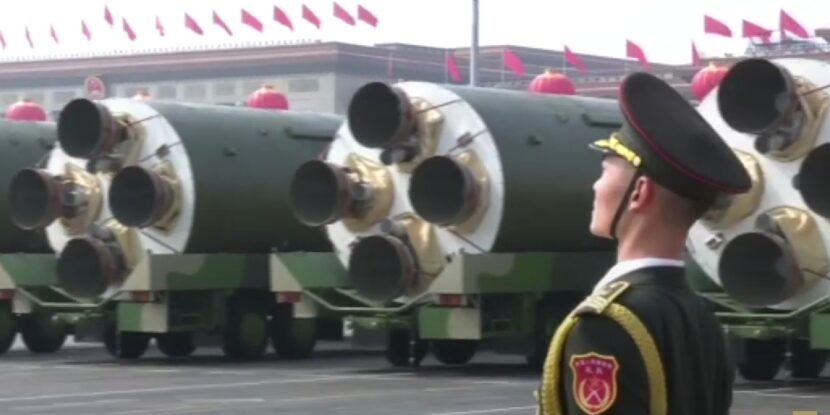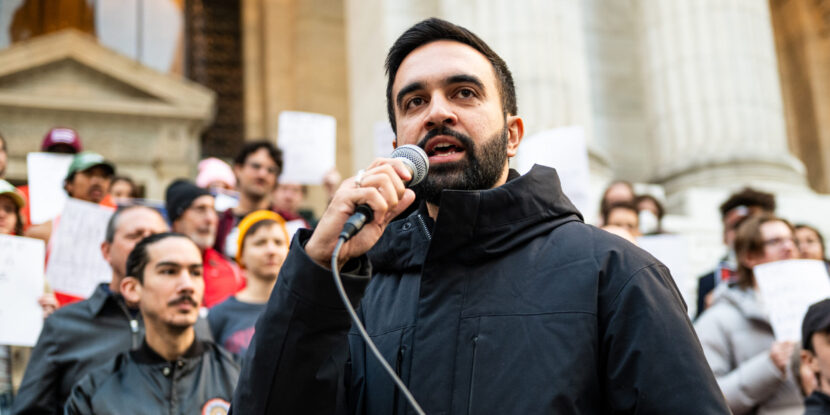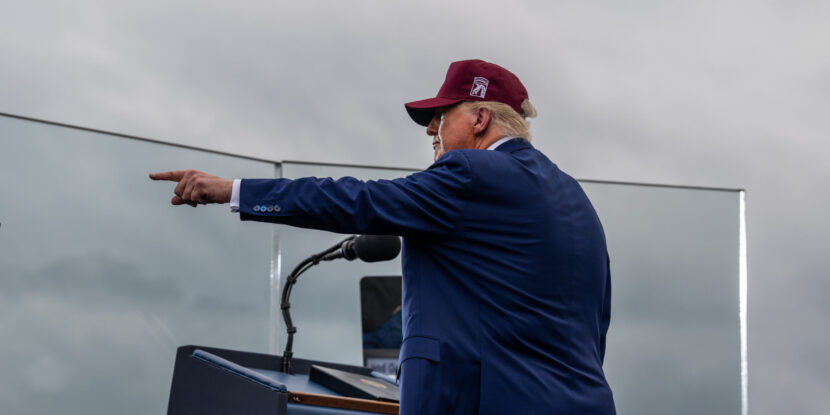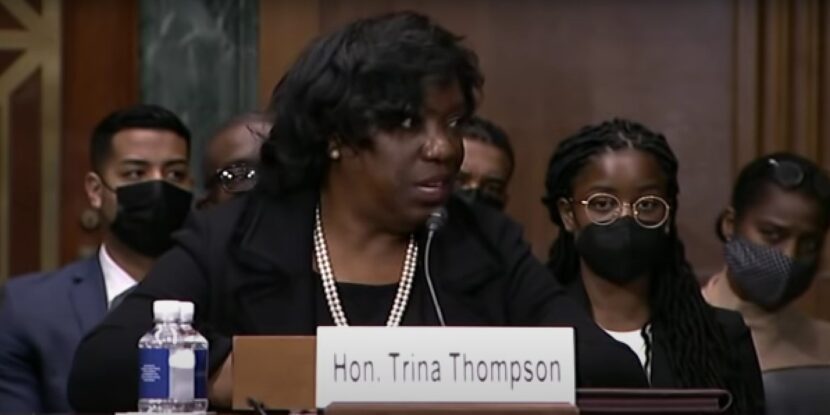❓WHAT HAPPENED: The Federal Reserve’s top inflation hawk, Christoper Waller, warns that the central bank erred in not reducing interest rates in July, issuing an unprecedented public criticism of Federal Reserve Chairman Jerome Powell and his colleagues on the central bank’s Federal Open Market Committee (FOMC).
👤WHO WAS INVOLVED: Federal Reserve Governor Christopher Waller, Fed Chairman Jerome Powell, FOMC members, and the U.S. labor market.
📍WHEN & WHERE: Waller published his critique of the FOMC’s July interest rate decision on Friday, August 1.
💬KEY QUOTE: “When labor markets turn, they often turn fast. If we find ourselves needing to support the economy, waiting may unduly delay moving toward appropriate policy.” — Christoper Waller
🎯IMPACT: Employment data released on Friday came in far lower than projections. Additionally, data from the prior two months saw significant downward revisions, suggesting the American labor market may be significantly weaker than previously thought. Should labor market conditions continue to worsen, Federal Reserve actions beyond rate cuts could be necessitated.
Federal Reserve Governor Christopher Waller has published a rare public criticism of his colleagues on the central bank’s Federal Open Market Committee (FOMC), following their decision to hold interest rates steady at its July 30-31 meeting. The move by Waller—who is seen by many Fed observers as jockeying to succeed Jerome Powell as Chairman of the Federal Reserve—comes as new jobs data suggests the possibility of significant and worrying weakening in the U.S. labor market.
“At the most recent Federal Open Market Committee (FOMC) meeting, I dissented because I concluded that cutting the policy rate by 25 basis points was the appropriate stance of policy,” Waller’s statement, published Friday morning, reads. He continues: “First, tariffs are one-off increases in the price level and do not cause inflation beyond a temporary increase. Standard central banking practice is to ‘look through’ such price-level effects as long as inflation expectations are anchored, which they are.”
“My final reason to favor a cut now is that while the labor market looks fine on the surface, once we account for expected data revisions, private-sector payroll growth is near stall speed, and other data suggest that the downside risks to the labor market have increased. With underlying inflation near target and the upside risks to inflation limited, we should not wait until the labor market deteriorates before we cut the policy rate,” Waller concludes, with the jobs data released shortly after underscoring his concerns.
While known as a staunch inflation hawk, Waller warns: “The price effects from tariffs have been small so far, and since we will likely not get clarity on tariff levels or their ultimate impact on the economy over the course of the next several months, it is possible that the labor market falters before that clarity is obtained—if it ever is obtained. When labor markets turn, they often turn fast. If we find ourselves needing to support the economy, waiting may unduly delay moving toward appropriate policy.”
Notably, employment data released on Friday came in far lower than projections at just 73,000 jobs added in July. Additionally, data from the prior two months saw significant downward revisions, suggesting the American labor market may be significantly weaker than previously thought. Should labor market conditions continue to worsen, Federal Reserve actions beyond rate cuts could be necessitated.
Join Pulse+ to comment below, and receive exclusive e-mail analyses.


